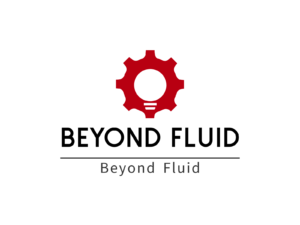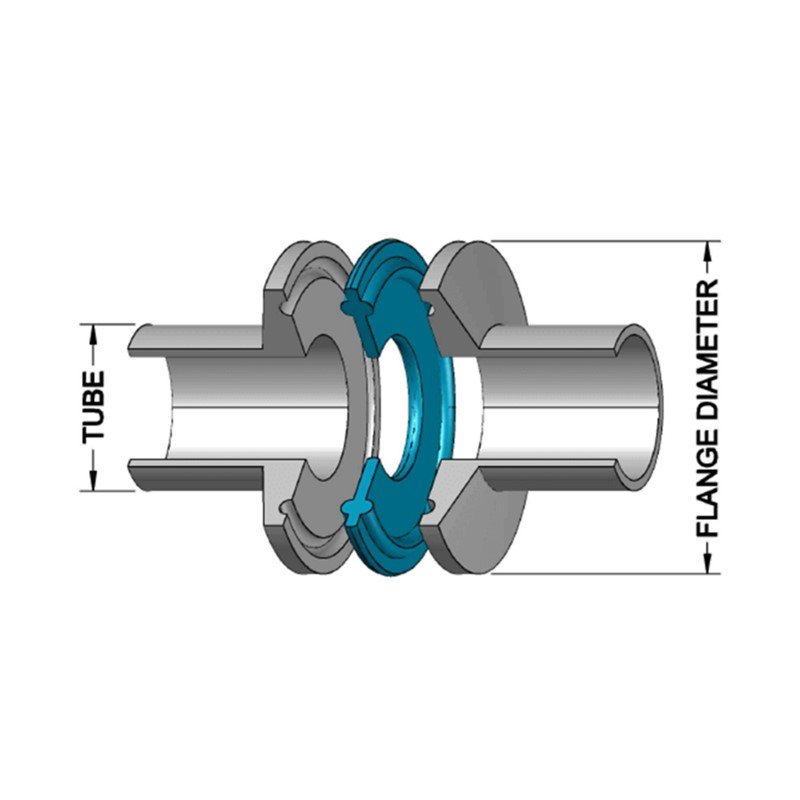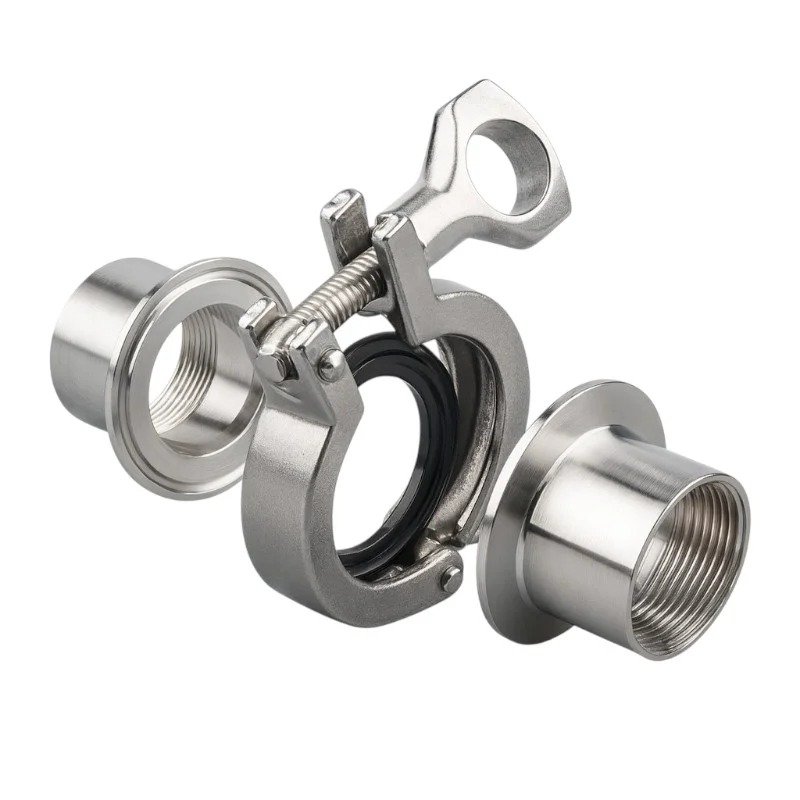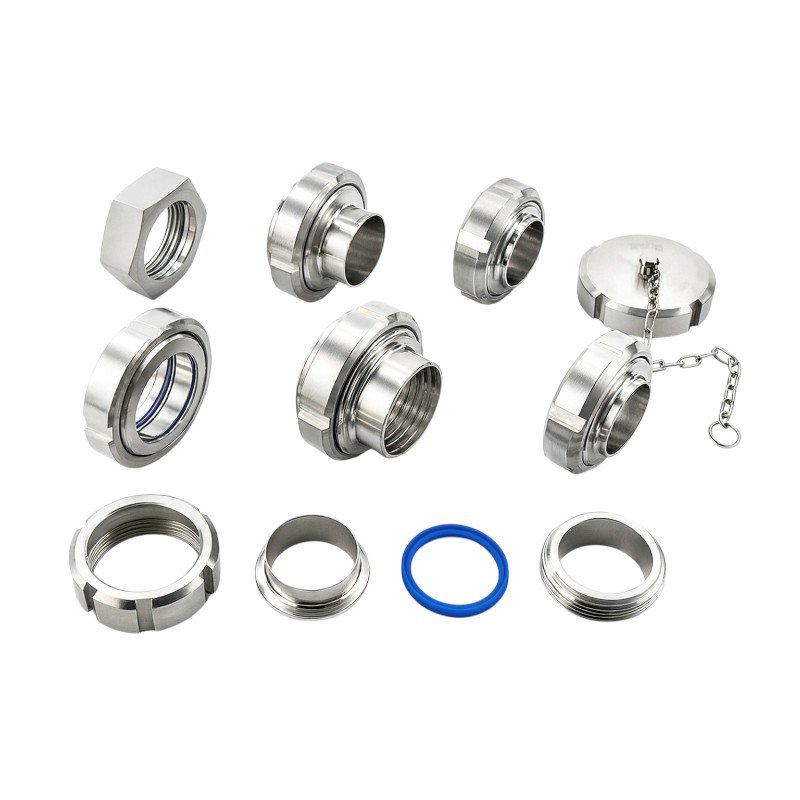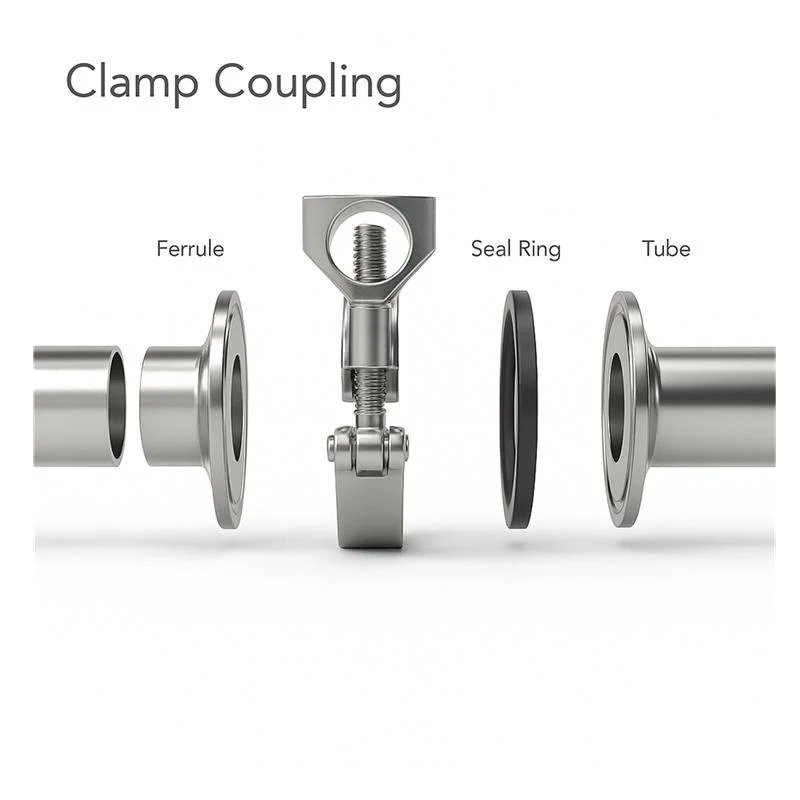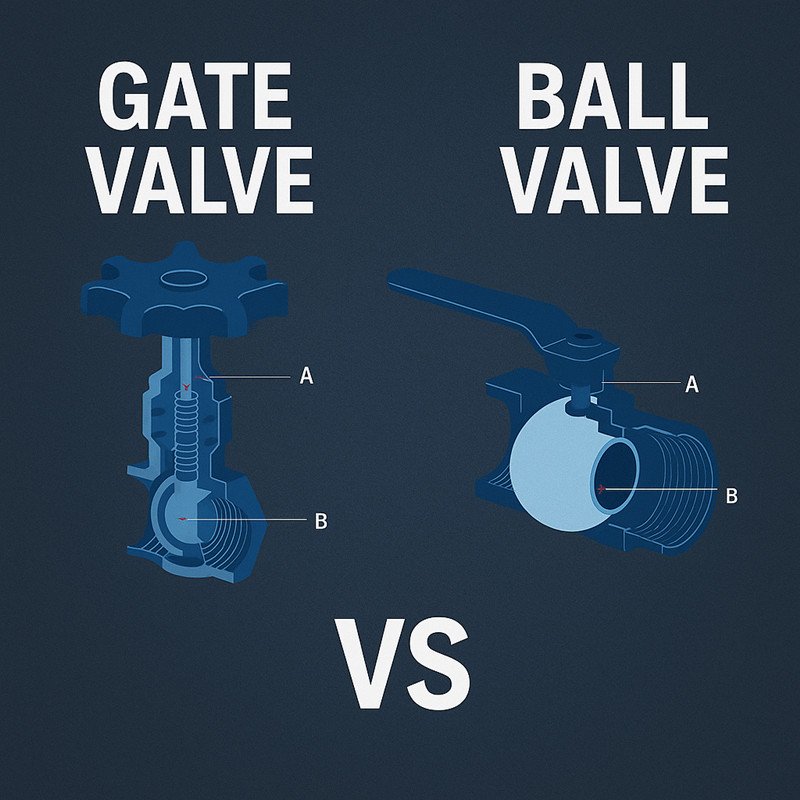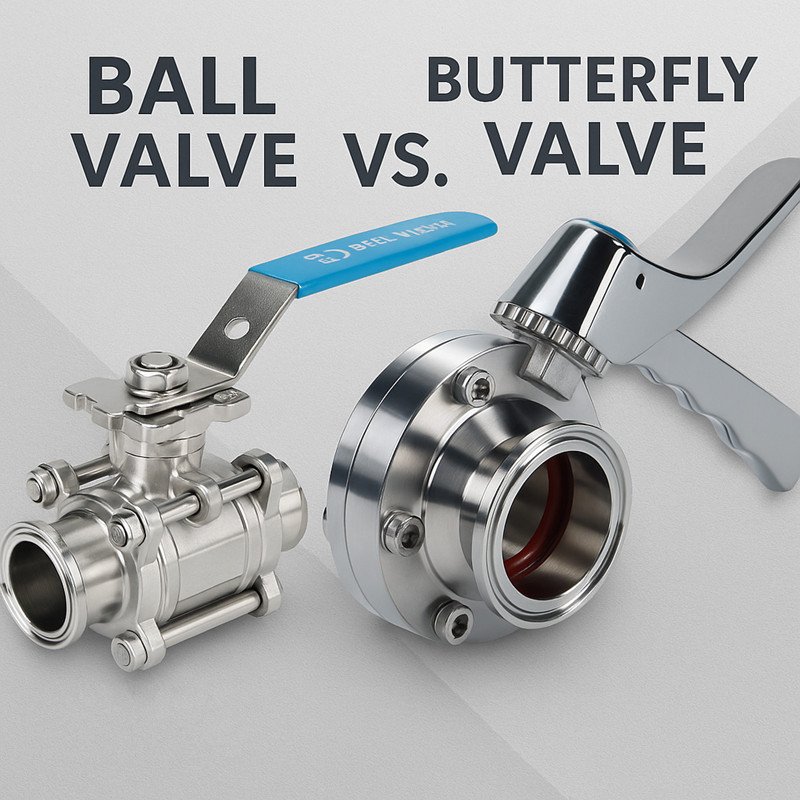
Instrumentation valves are integral components of industrial systems, playing a crucial role in controlling the flow of fluids and gases. These valves help maintain system stability, efficiency, and safety by regulating pressure, temperature, and flow rates. Without them, complex industrial systems would not function properly.
Instrumentation valves are designed to ensure system control, safety, and precision. Their applications span a wide range of industries, from oil and gas to pharmaceuticals. As industries evolve, the importance of high-quality, reliable instrumentation valves continues to grow.
Instrumentation valves are critical for controlling fluid systems1. By adjusting flow rates, maintaining pressure, and sealing systems, they prevent failure and ensure accurate measurement. This article will explore the different types, components, materials, and applications of instrumentation valves to help you understand their importance.
What are the Different Types of Instrumentation Valves?
Instrumentation valves are available in various types, each designed for specific functions in different systems. Below, we’ll break down the most common types.
Needle Valves

Needle valves are designed for precise flow control. These valves are ideal when you need to regulate or shut off the flow in a system that requires fine adjustments. The key feature of a needle valve is its slender, needle-like stem that allows for detailed control.
Uses and Advantages:
- Primarily used for flow rate regulation2 in low-flow applications.
- Great for controlling the rate of flow in critical processes.
- Widely used in chemical processes, pharmaceuticals, and laboratories.
Needle valves offer excellent performance in systems that need slow, accurate flow adjustments. Their compact design allows them to fit in tight spaces.
Ball Valves
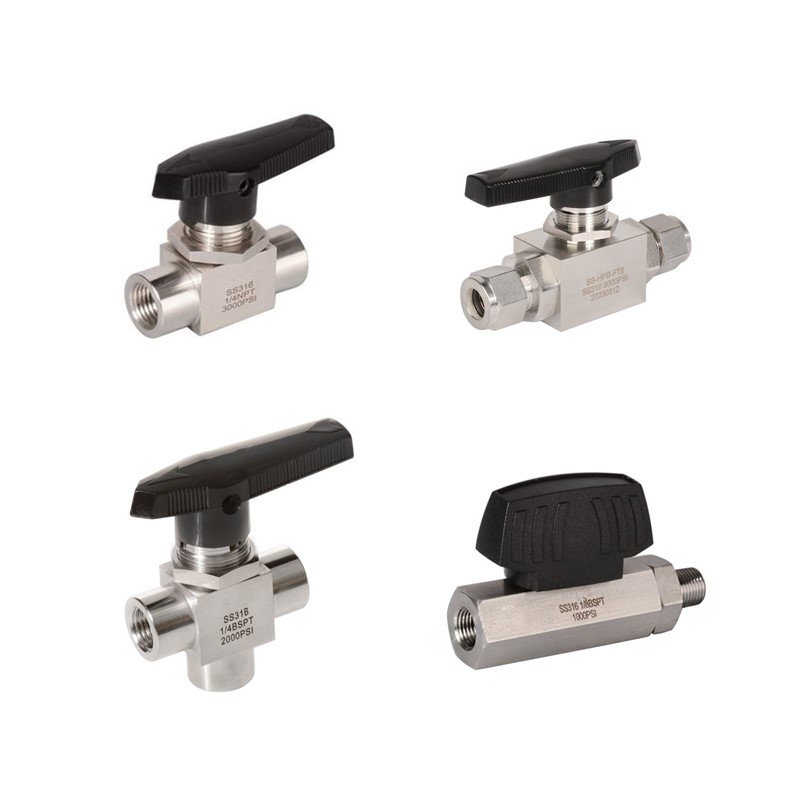
Ball valves are one of the most commonly used valves in instrumentation. They use a spherical ball with a hole to control the flow of liquids or gases. The valve opens or closes by rotating the ball, and the size of the hole regulates the flow.
Key Characteristics and Applications:
- Fast and easy to operate.
- Suitable for on/off control applications.
- Common in oil and gas pipelines, water treatment, and HVAC systems.
Ball valves are ideal for shut-off and flow control3 in systems that require high-speed operation4 with minimal wear. Their durable nature and ease of use make them a go-to choice for many industries.
Check Valves

Check valves are designed to allow flow in one direction only. They prevent backflow and protect equipment from damage caused by reverse flow. This type of valve is vital for systems where flow direction must be controlled.
Functionality and Use Cases:
- Automatically prevent backflow to avoid contamination or damage.
- Essential in water distribution systems5, oil pipelines, and reverse osmosis processes6.
- They help protect pumps, compressors, and other equipment from harmful reverse pressure.
Check valves are easy to maintain and provide a reliable solution to prevent damage due to reverse fluid movement.
Manifold Valves

Manifold valves combine multiple valve functions into one unit, often used to control pressure, temperature, and flow in systems that require precise measurements. They are commonly used in instrumentation for pressure and temperature regulation.
Why They Are Used in Pressure and Temperature Systems:
- Manifold valves help integrate multiple valve functions, saving space and simplifying installation.
- They are highly effective in controlling complex systems in oil, gas, and power plants.
- Common in pressure gauge systems7 and thermal instrumentation8.
These valves offer greater control in systems with high precision demands, particularly when managing complex processes in critical industries.
Other Specialized Valve Types
In addition to the commonly used valves above, other specialized instrumentation valves may include relief valves, pressure-reducing valves, and even safety valves. These valves are tailored for unique system requirements, like pressure regulation or emergency pressure relief.
Components of Instrumentation Valves
Instrument valves are made up of several components that work together to control fluid flow and maintain system integrity. Let’s take a closer look at each part:
| Component | Description |
|---|---|
| Valve Body | The outer structure that houses the inner components. Often made of corrosion-resistant materials. |
| Stem and Actuator | The stem controls the valve’s opening and closing mechanism. Actuators help in the operation of the valve. |
| Seals | Prevent leakage between the valve body and other components, ensuring a tight closure. |
Valve Body
The valve body is the outer structure that contains the inner components. It’s typically made from materials like stainless steel, designed to withstand high pressures and harsh environmental conditions.
Stem and Actuator
The stem is the central part that controls the valve’s opening and closing mechanism. Actuators, whether manual or automated, are attached to the stem and allow for easy operation.
Seals
Seals ensure that no leakage occurs at the junctions where the valve body and other components meet. The quality and type of seals used will determine the longevity and performance of the valve.
Materials Used in Instrumentation Valves
The materials used to construct instrumentation valves must be carefully selected based on the application and the environmental conditions of the system. Here are some common materials used:
| Material | Characteristics | Common Applications |
|---|---|---|
| Stainless Steel | Strong, durable, and resistant to corrosion. Ideal for harsh environments. | Chemical processing, water treatment, oil & gas. |
| Incoloy | High-performance alloy resistant to oxidation and corrosion at high temperatures. | Power plants, chemical processing. |
| Brass/Bronze | Suitable for moderate pressure applications. More economical but less resistant to extreme conditions. | Low to medium pressure systems. |
Stainless Steel
Stainless steel is widely used due to its strength, durability, and resistance to corrosion. It is ideal for systems that deal with corrosive fluids, high pressures, and extreme temperatures.
Incoloy
Incoloy is a high-performance alloy commonly used in high-temperature applications. It is resistant to oxidation and corrosion, making it ideal for demanding environments like chemical processing or power plants.
Other Materials
Depending on the application, other materials such as brass, bronze, and Hastelloy may be used. The choice of material largely depends on factors like pressure, temperature, and the nature of the fluid being handled.
How Do Instrumentation Valves Work?
The working principle of instrumentation valves relies on their ability to control fluid flow by opening or closing. The basic mechanics can be broken down into the following functions:
Flow Control
By adjusting the valve, you can control the amount of fluid or gas that passes through. This allows for precise regulation in applications that require steady flow.
Sealing
Instrumentation valves also seal off a section of a system to prevent leakage. This is especially important in systems where even a small amount of fluid leakage can lead to significant issues.
Pressure Regulation
Many instrumentation valves are designed to regulate pressure, ensuring that the system maintains a constant and safe operating pressure. This is especially important in high-risk industries like oil and gas.
Choosing the Right Instrumentation Valve
Selecting the appropriate valve for a system is critical to ensuring efficiency and safety. Here are some key factors to consider when choosing an instrumentation valve:
| Factor | Importance |
|---|---|
| Material Compatibility | The valve must be compatible with the fluid it will control to prevent corrosion or degradation. |
| Pressure Rating | The valve must withstand the system’s pressure to ensure safety and reliability. |
| Flow Requirements | The valve type must be selected based on whether the system needs precise flow control or just an on/off valve. |
Material Compatibility
The material of the valve must be compatible with the fluid it will control. For example, corrosive fluids may require valves made from stainless steel or Incoloy.
Pressure Rating
The valve must be able to withstand the pressure it will be exposed to. Valves that cannot handle the required pressure will fail, potentially leading to leaks or system shutdowns.
Flow Requirements
Understanding the flow rate required for your system will determine the valve type. Some systems need precise flow control, while others only need on/off functionality.
Applications of Instrumentation Valves

Instrumentation valves are used across various industries where precision control is necessary. Some of the key sectors include:
| Industry | Application |
|---|---|
| Oil and Gas | Flow control and pressure regulation in pipelines. |
| Pharmaceuticals | Precise control of liquids and gases in production. |
| Food and Beverage | Ensuring cleanliness and control of liquids in production. |
| Water Treatment | Control of water flow and pressure in filtration systems. |
Oil and Gas
In oil and gas, instrumentation valves are essential for regulating pressure, controlling flow, and ensuring the safety of the entire system.
Pharmaceuticals
Pharmaceutical manufacturing relies heavily on instrumentation valves for maintaining precise temperature, pressure, and flow control during production.
Food and Beverage
Food and beverage industries use instrumentation valves to maintain cleanliness and control the flow of liquids and gases through production lines.
Other Industries
Instrumentation valves are also widely used in water treatment, HVAC systems, power generation, and chemical processing.
Challenges and Best Practices

Like all industrial components, instrumentation valves face challenges such as wear and tear, leakage, and corrosion. Here are some best practices to extend the lifespan and improve performance:
Common Issues
- Leakage: Over time, seals can wear out, leading to leakage.
- Corrosion: Exposure to harsh chemicals can cause corrosion.
- Wear and Tear: Frequent use can result in worn components that affect valve performance.
Maintenance Tips
- Regularly inspect seals and replace them as needed.
- Keep valves clean and free from debris to ensure proper function.
- Follow the manufacturer’s guidelines for lubrication and maintenance.
Conclusion
Instrumentation valves are indispensable in maintaining the efficiency, safety, and precision of industrial systems. By understanding their types, components, materials, and applications, industries can make informed decisions about selecting the right valves for their specific needs.
The future of instrumentation valves looks bright as industries continue to evolve and demand more precise, durable solutions. The ongoing advancement in materials and technology will only enhance the performance and longevity of these vital components.
Top Suppliers of Instrumentation valves
-
Swagelok
Location: USA
Overview: Swagelok is a global leader in fluid and gas system solutions, known for its high-quality instrumentation valves. With over 70 years in the industry, Swagelok provides precision-engineered products for a wide range of industries, including oil and gas, aerospace, pharmaceuticals, and semiconductor manufacturing.
Products: Ball valves, needle valves, check valves, tube fittings, and manifold valves. -
Beyond Fluid
Location: China
Overview: Beyond Fluid has established itself as a top supplier of stainless steel valves, specializing in instrumentation valves for over 15 years. They focus on delivering high-quality, cost-effective solutions to industries worldwide, offering a diverse range of valve types and fittings.
Products: Needle valves, ball valves, check valves, manifold valves, UHP valves, and other specialized fittings. -
Emerson
Location: USA
Overview: Emerson is a leading provider of automation solutions, with its Fisher brand offering a wide range of instrumentation valves known for their performance and reliability. Emerson’s valves are used in critical applications across industries such as oil and gas, power generation, and water treatment.
Products: Needle valves, ball valves, control valves, and pressure-relief valves. -
Parker Hannifin
Location: USA
Overview: Parker Hannifin is a leading manufacturer of motion and control technologies. Their instrumentation valves are highly regarded for their precision, reliability, and suitability for industries including aerospace, chemical processing, and oil and gas.
Products: Needle valves, ball valves, check valves, and pressure regulators. -
Pentair (Adelphi Valves)
Location: UK
Overview: Pentair, through its Adelphi brand, provides high-performance valves for fluid and gas systems. Their instrumentation valves are trusted for their durability and accuracy, catering to industries like pharmaceuticals, water treatment, and oil and gas.
Products: Needle valves, ball valves, check valves, and manifold valves.
Website:
Frequently Asked Questions (FAQ)
1. What is the difference between a ball valve and a needle valve?
Ball valves are designed for quick on/off control of fluid flow, typically in applications requiring full open or closed positions. Needle valves, on the other hand, offer precise flow regulation, making them ideal for applications that require fine adjustments of flow in low-flow systems.
2. How do I choose the right material for an instrumentation valve?
The material selection for an instrumentation valve depends on the fluid being controlled, the operating temperature, pressure, and the environmental conditions. For instance, stainless steel is commonly used for its corrosion resistance, while Incoloy is better suited for high-temperature applications.
3. What is a manifold valve used for?
Manifold valves combine multiple valve functions into one unit, providing compact solutions for managing pressure, temperature, and flow in industrial systems. They are particularly useful in instrumentation systems where space is limited, and precise control is needed.
4. Can instrumentation valves be used in high-pressure applications?
Yes, many instrumentation valves are specifically designed to handle high-pressure environments. However, it’s crucial to choose valves with the correct pressure rating to ensure safety and prevent damage to the system.
5. How can I maintain my instrumentation valves?
Regular maintenance for instrumentation valves includes checking for leaks, cleaning the valve components, inspecting seals for wear and corrosion, and ensuring proper lubrication. Following the manufacturer’s maintenance guidelines will also help extend the life of the valve and ensure optimal performance.
-
Discover the intricacies of fluid systems and their significance in industrial processes by visiting this resource. ↩
-
Understanding flow rate regulation is crucial for optimizing processes in various industries, including chemical and pharmaceutical. ↩
-
Learn about the mechanisms of shut-off and flow control systems to see how they enhance operational efficiency. ↩
-
Discover best practices for high-speed operation to optimize performance and reduce wear in your systems. ↩
-
Learn about the intricacies of water distribution systems and their importance in ensuring safe water supply. ↩
-
Discover the science behind reverse osmosis and its applications in water purification and treatment. ↩
-
Learn about the functionality and importance of pressure gauge systems in monitoring and control processes. ↩
-
Discover the role of thermal instrumentation in ensuring precision and safety in critical operations. ↩

